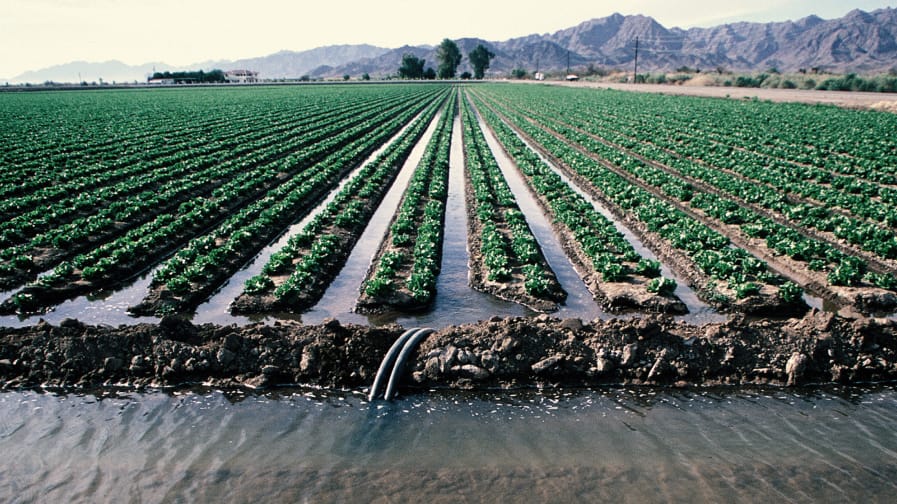How Do Water Rights Work in the West?
Published Aug 7, 2023

In Eastern U.S. states, surface water use is typically governed by the riparian doctrine, where water access is tied to land ownership and regulated by states through permitting systems. In Western states, appropriative water rights often govern how much surface water, groundwater, or other water source an entity or individual is entitled to. Although this varies by state, two principles underlie most Western states’ water governance: prior appropriation and beneficial use.1Hockaday, S. and Ormerod, K.J. “Western water law: Understanding the doctrine of prior appropriation.” University of Nevada, Reno. 2020; Libecap, Gary D. University of California. “The state of water rights and Western water markets.” Free Market Forum. 2008 at 4 to 5.
The Prior Appropriation Doctrine (also called appropriative rights)
The Prior Appropriation Doctrine grants water rights in chronological order of claims, with the earliest claimants granted the highest priority. The older the claim, the less likely that water will be cut off in times of shortages. These so-called senior rights are most often held by agricultural users whose original claims frequently pre-date nearby urban centers. Junior rights, on the other hand, are fulfilled only after senior holders have received their full allocations. Municipalities often hold junior rights, jeopardizing residential water use in times of crisis.2Ibid.
Beneficial Use
Beneficial use dictates that the water must be put to good use, although this is often a very broad category. Examples range from agriculture to recreation to mining, with these all given equal standing.3Hockaday and Ormerod (2020). These rights, however, may be forfeited if a user does not use their full allocation for several years. Out of fear of seeing their water allocations reduced, agricultural users have shifted to low-value applications such as flood irrigation or low-productivity cultivation rather than simply conserving the water.4Ibid.; Libecap (2008) at 5.
However, along the Colorado River, the Compact’s allocation system supersedes appropriative rights as the main legal authority.5Colorado River Compact. Article VIII. 1922; Fulton, Rica. Upper Green River Network. “The law of the river.” Waterkeeper Alliance. December 12, 2019. Tribal water rights are often overlooked under these framings. For a more in-depth examination, see the section below, “Tribal Water Rights.”
Endnotes


